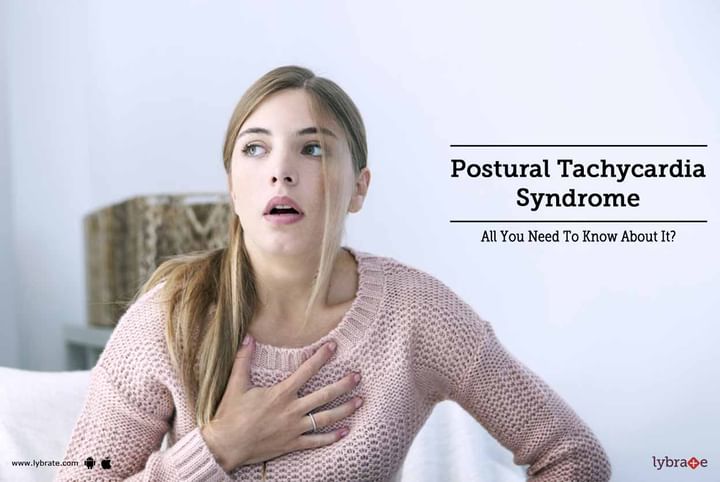Postural Tachycardia Syndrome - All You Need To Know About It?
Postural Tachycardia Syndrome or POTS, what this condition entails is a sudden and abnormal increase in the heart beat of an individual, causing them difficulty in breathing, dizziness, and even blackouts.
There are some factors that can trigger the situation and stem the sudden rise in the heart beat. Meeting with a medical expert may help bring the situation under control.
What is Postural Tachycardia Syndrome?
Postural Tachycardia Syndrome or POTS is a cardiovascular condition that is caused due to the sudden shift from an upright position to a supine position or vice versa. It is this sudden increase in heartbeat of an individual that is referred to as Tachycardia.
The longer you overlook this condition, the bigger is the trouble you are putting your health in. This is when it becomes extremely important for you to get in touch with a medical expert, who can offer you perfect consultancy, diagnose the causes and also find a result for the same.
What Causes POTS?
According to medical specialists, there are some factors that this condition stems from and it all differs from one person to the other. Some of the most common causes of the condition are-
- Joint Hypermobility Syndrome
- Faulty Gene
- Poisoning
- Amyloidosis
- Lupus
- Diabetes
- Sarcoidosis
- Siogren’s Syndrome
- Cancer
Signs of Postural Tachycardia Syndrome:
There are multiple signs that indicate that an individual is stricken by Postural Tachycardia Syndrome. Some of the more common signs and symptoms include:
- Orthostatic Hypotension: Orthostatic Hypotension refers to the sudden increase in the heart beat by at least 30 beats per minute, within or after 10 minutes of rising up from a sitting or lying down position. Though the condition increases the heart rate, it does not trigger any drop or rise in blood pressure. Certain medications used to diminish this effect often extend some side effects, such as lightheadedness, palpitation, difficulty to breath, discomfort in the chest, weakness, heaviness in the chest area, nausea, cognitive difficulties and also stain on the vision.
- Effects in Response to Postural Change: Almost one-third of the people with Postural Tachycardia Syndrome are noticed to faint as a result of the increased heartbeat, almost 40 beats minutes, instead of the chance in postural position. Other symptoms under this head include a headache, migraine, disturbance in sleep, fatigue, acrocyanosis or blood pooling in feet, etc.
- Ehlers- Danlos Syndrome (EDS): Sometimes POTS is found to coexist in an individual with other conditions, such as EDS. This condition makes an individual prone to dislocation of bones, greater laxity in skin, loose- clicking joints, chronic fatigue, reduced level of tolerance towards any exercise, etc. According to medical specialists, though these are common symptoms of POTS, there might also be other signs. These signs and symptoms differ from one person to the other.
When Should You Consult a Doctor?
The moment you experience a POTS attack or for that matter notice some of the symptoms of the condition, it is time for you to consult a medical expert. The doctor will give you valued consultation, as well as diagnose the condition properly, thus finding the best treatment and suitable medication for you.



+1.svg)
